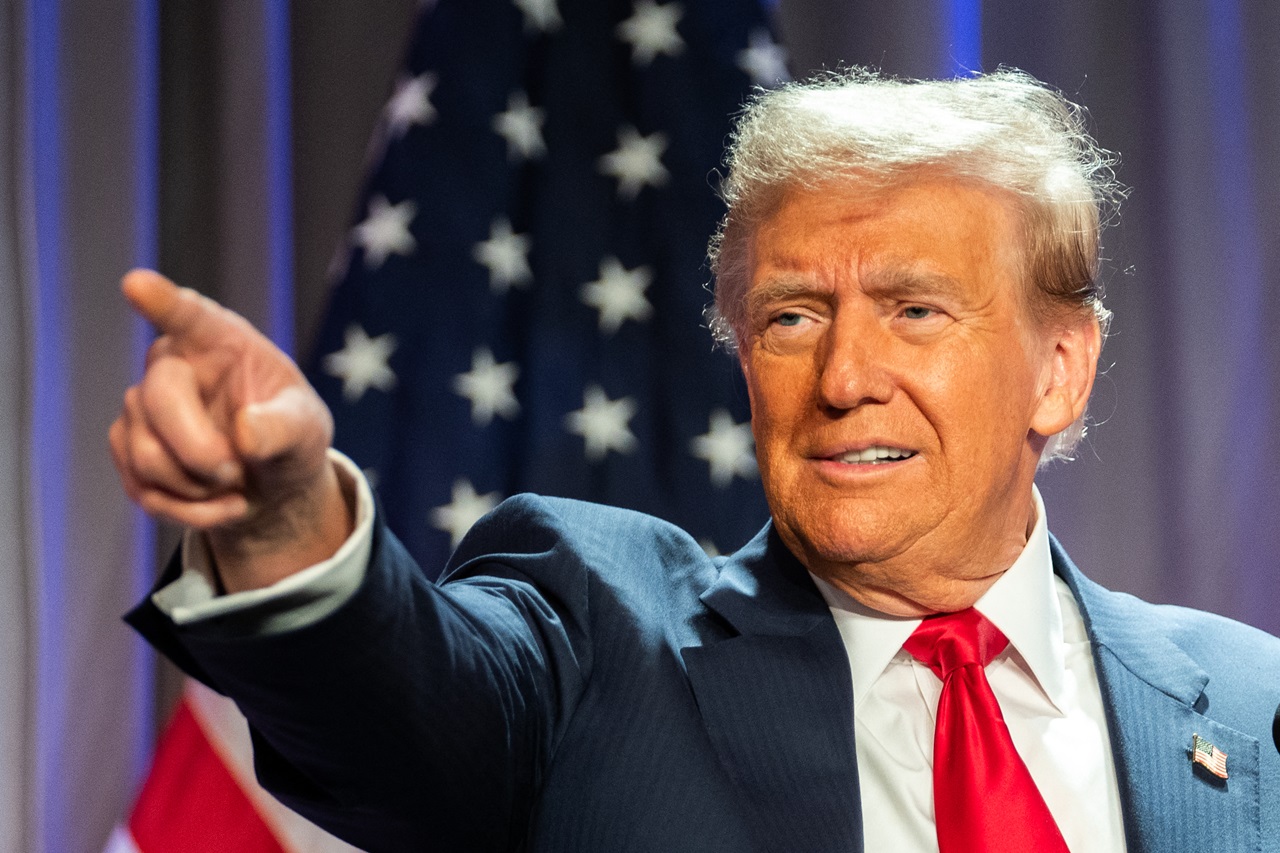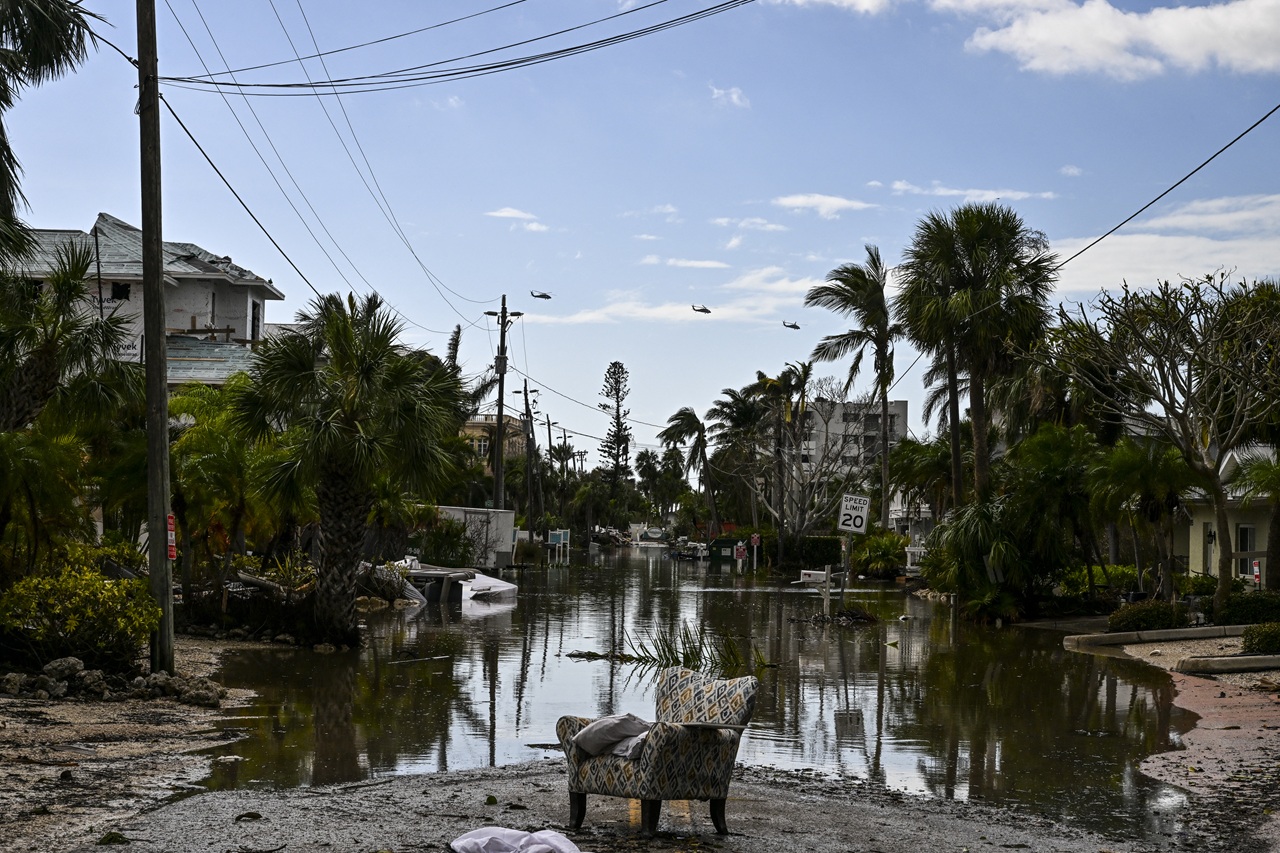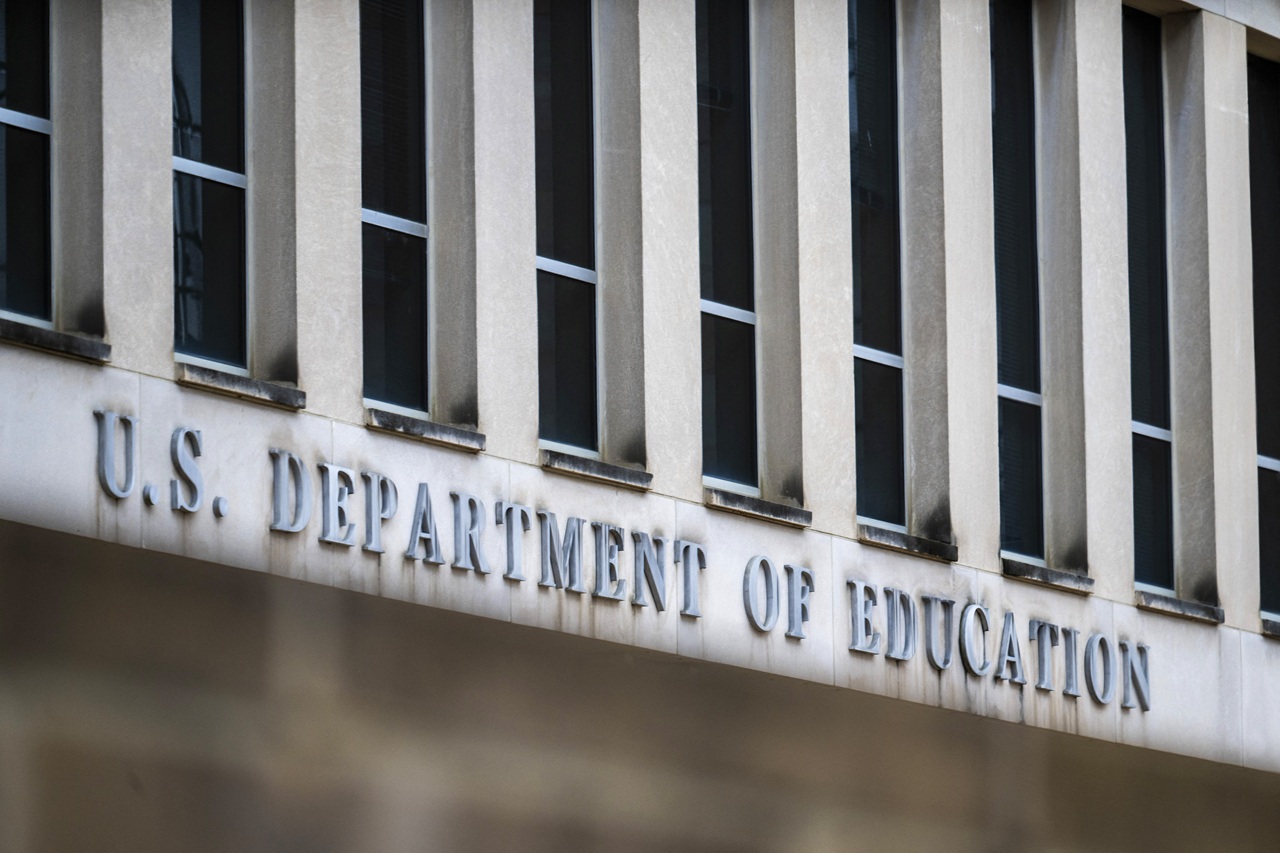
Puerto Rico and Georgia among U.S. states and territories with lowest vaccination rates
Georgia is in last place among U.S. States, but rates in the U.S. territory of Puerto Rico and Federation of Micronesia are even slower at distributing COVID…
It’s been widely reported that the COVID-19 pandemic continues to sweep through Black and Latino communities at the highest rates. The latest problem is that the vaccine isn’t doing the same.
Of the U.S. states and territories with the lowest vaccination rates, the state of Georgia, and the territories of Puerto Rico and Federated Micronesia are at the bottom.
But the two dozen vaccines wouldn’t have made a substantial difference in the gap in distribution percentage on the mainland. For reference, Puerto Rico’s closest U.S. state, Florida, has so far managed to vaccinate 18% of adults.
Of Puerto Rico’s 3.2 million inhabitants, the virus has infected at least 92,939 and killed over 2,053.
The slow distribution has made some mainland officials concerned, including Pennsylvania Sen. Bob Casey, who indicated he made contact with Puerto Rican Gov. Pierluisi to discuss concerns with the nearly 500,000 people of Puerto Rican descent who live in his state.
“Today I met w/ Puerto Rican Gov. Pierluisi to discuss the American Rescue Plan and the importance of ensuring that it works for Puerto Rico,” Casey wrote on Twitter.
Today I met w/ Puerto Rican Gov. Pierluisi to discuss the American Rescue Plan and the importance of ensuring that it works for Puerto Rico, as well as concerns shared by the 490,000+ people of Puerto Rican descent who live in PA. I look forward to working with him in the future.
— Senator Bob Casey (@SenBobCasey) March 4, 2021
The American Rescue Plan includes funding $20 billion in funding to create a national COVID-19 vaccination program, and an additional $50 million for COVID-19 testing. Much of the plan will remain the same for the states and Puerto Rico, in contrast to last year’s CARES Act, which provided less to the island due to the difference in statehood.
In addition, Biden’s “Rescue Plan” will include specific provisions, including nutrition assistance of a yet-to-be-decided amount.
Puerto Rico also recently received its first 11,000 doses of the Johnson & Johnson vaccine on March 3, according to Carlos Mellado, secretary of Health for the island. It was the first distribution out of a total of 28,000. El Nuevo Día reported that following March 21, officials say there will be an unspecified weekly allotment.
While the increase in doses and funding for COVID-19 vaccinations will help, Biden’s plan is still stuck in the Senate for the time being, and pending some changes.
Until then, Puerto remains second to the Federated Micronesia in lowest vaccination rates.
With 30,000 total doses delivered to the Federated States of Micronesia alone, the situation may continue to improve if the distribution rate grows, though it is unclear why it remains so low.
That’s especially considering that since Feb. 22, the FSM has indicated that COVID-19 vaccines are available for all eligible adult citizens in all states to receive the Moderna vaccine. According to the government's press release, those interested need only to visit their state’s public health office.
RELATED CONTENT
In the entirety of the Pacific Islands, there have been 28,322 confirmed cases and 301 deaths.
It raises the question as to how — with the nation struggling to adequately distribute the vaccine among its own, while albeit more distant territories — it can help in worldwide vaccination efforts, namely, Covax, apart from spending billions.
Georgia is the state with the worst vaccination rates in the nation.
As of 3:00 pm. Thursday, March 4, the CDC reports just 15.9% of adults have received one or more doses of the vaccine. Just 9.6% of adults are fully vaccinated.
“With 900,000 plus doses on hand, the issue is NOT a lack of supply and that excuse is simply that — an excuse for poor execution,” Dr. Amber Schmidtke, a former Mercer University Professor and former CDC microbiology and immunology expert told NPR.
"With 900,000-plus doses on hand, the issue is NOT a lack of supply and that excuse is simply that — an excuse for poor execution," Schmidtke said. "It’s an issue of not efficiently matching up the dose to a person who needs it."https://t.co/k6o0I2xekc
— Lauren Groh-Wargo (@gwlauren) March 4, 2021
“It’s an issue of not efficiently matching up the dose to a person who needs it,” Schmidtke continued.
There is no direct word on the issue from newly-elected Sens. Reverend Raphael Warnock and Jon Ossoff as of yet, however Mayors representing four major Georgia cities held a news conference on March 4 to urge the Senate to take “quick action” on the pending American Rescue Plan.
They urge that the federal funds would provide much-needed COVID-19 relief at the local level.
At a press conference Wednesday, Georgia Gov. Brian Kemp was on the defense, saying "I believe that we have done more than most any state to protect those who are most vulnerable to COVID-19 with the limited supply that has been given to us by the federal government."
With 2,133,157 doses administered out of 3,155,155 vaccines delivered, it means there are over a million doses sitting in freezers while the state's most vulnerable BIPOC communities and those living in rural areas continue to wait.











LEAVE A COMMENT: